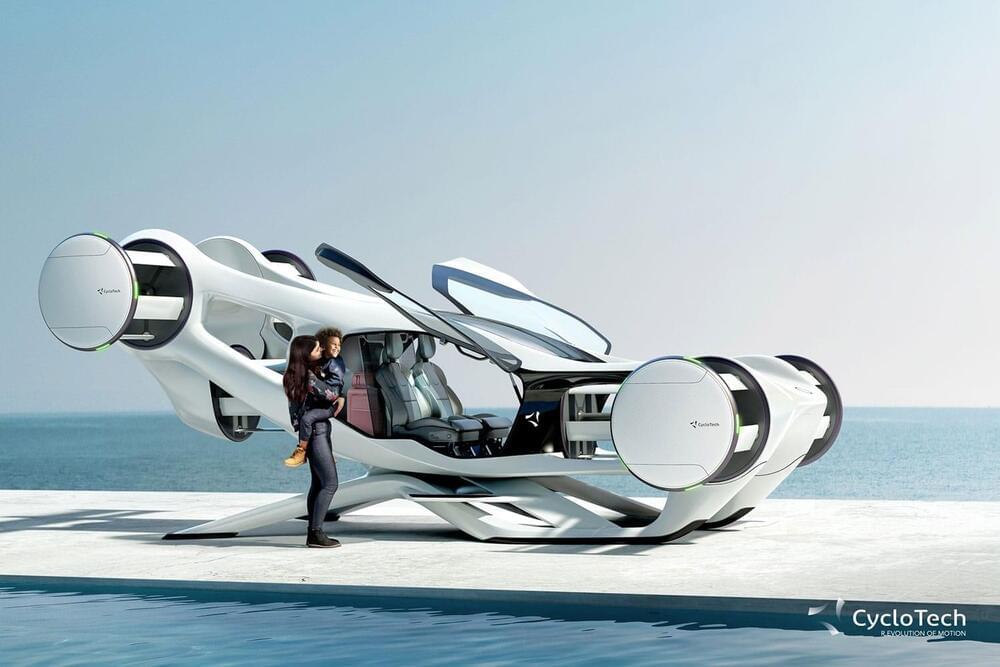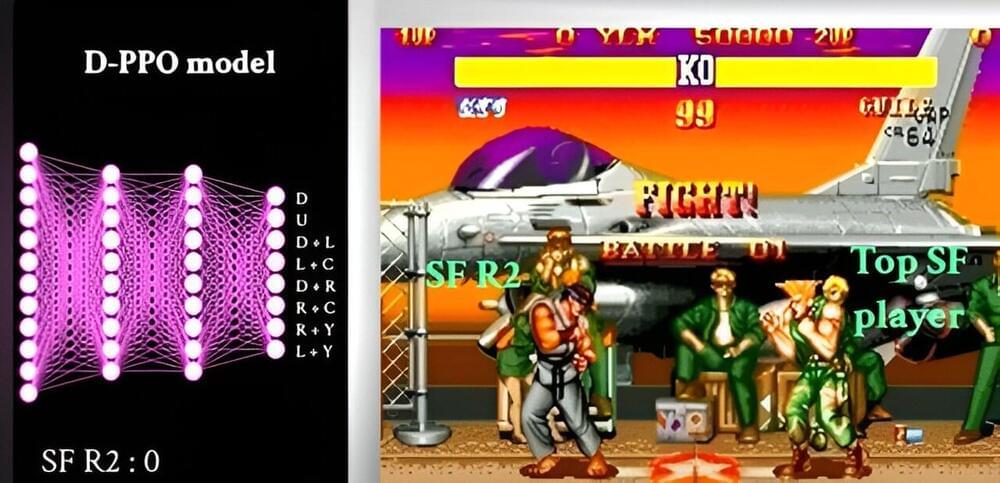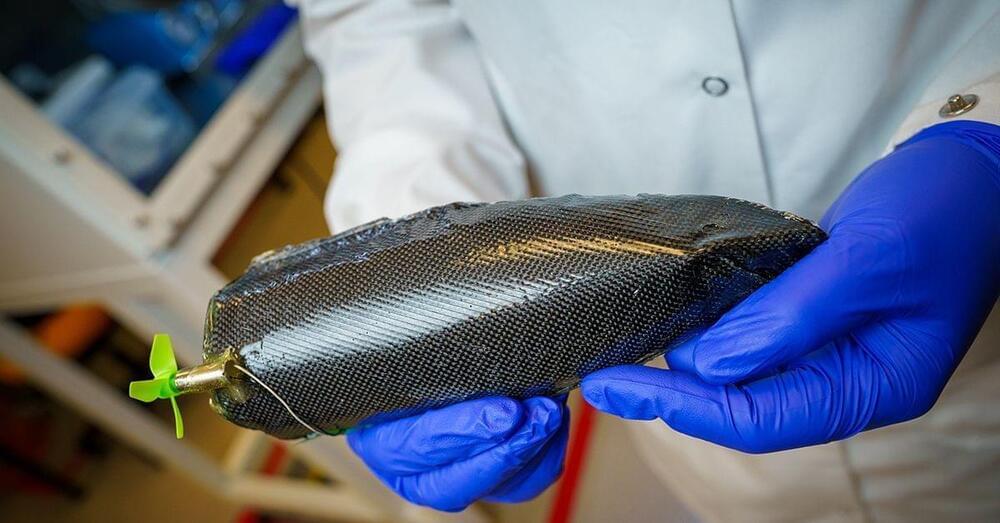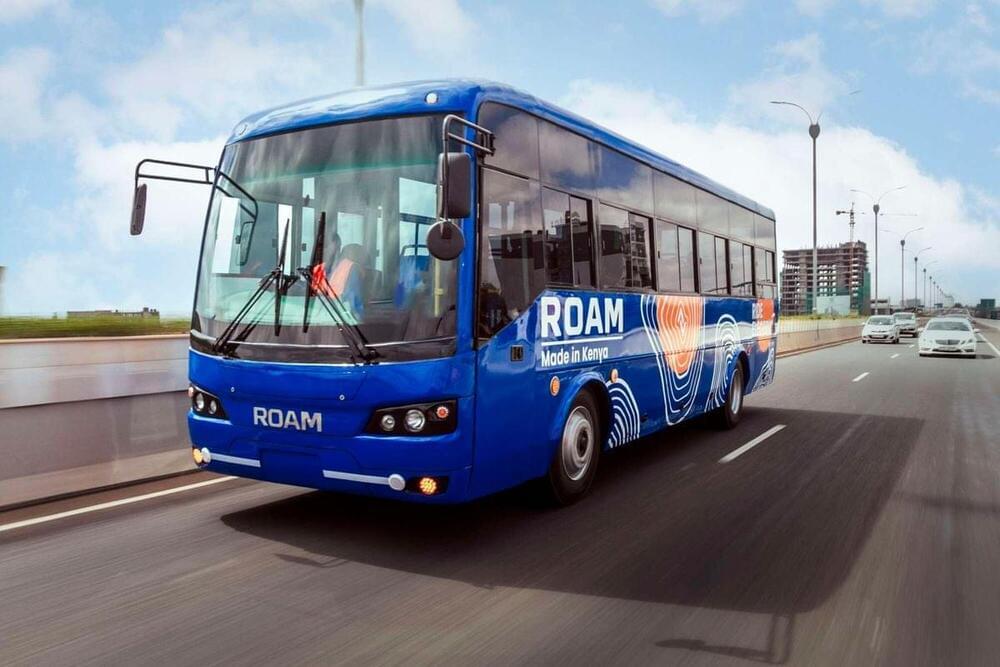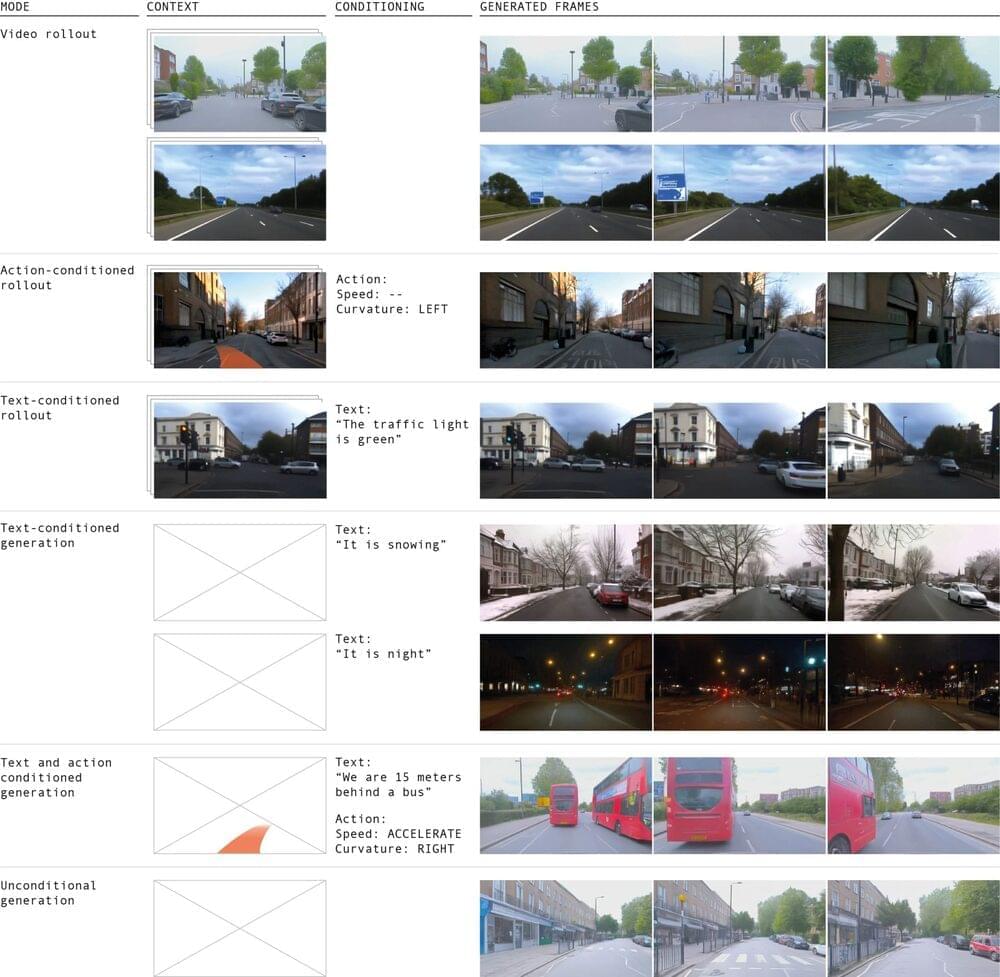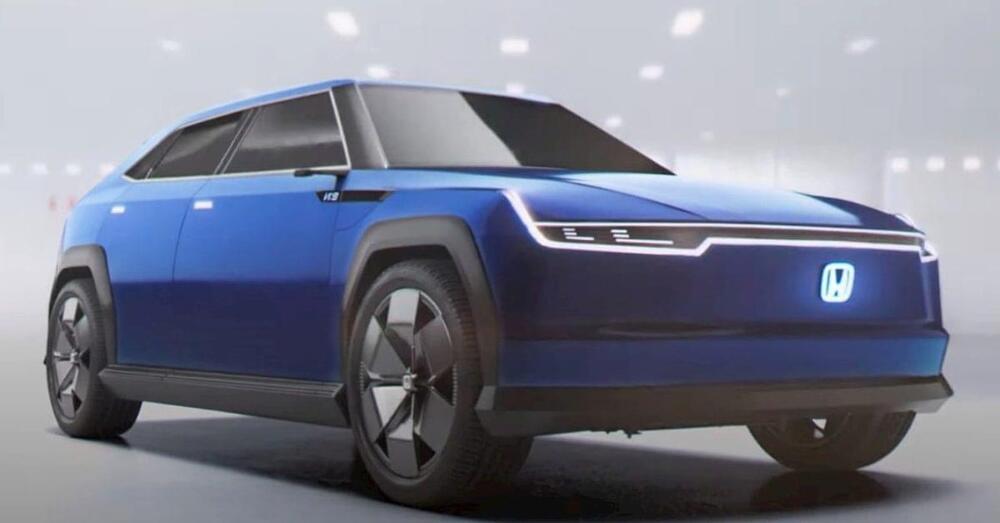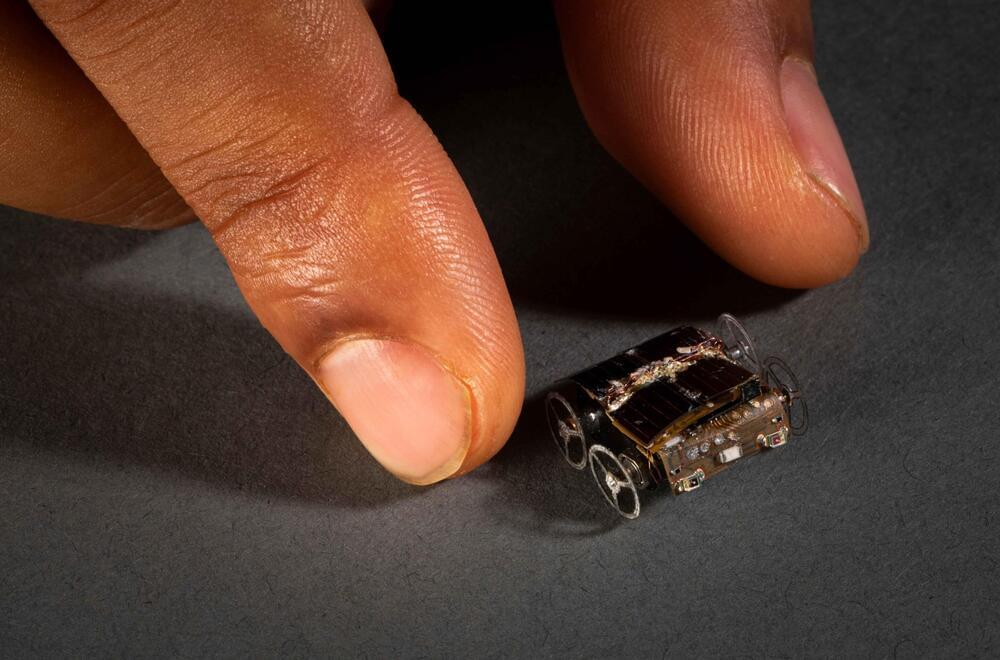Oct 7, 2023
Robots are being used to cut up ships safely and emissions-free
Posted by Gemechu Taye in categories: robotics/AI, transportation
Robot arms yield powerful jets of water and sand.
Do you know how heavy container ships are decommissioned? The process takes place in South Asia with the use of fossil fuel-powered torches to tear the ships apart and cut them into smaller pieces.
This results in much pollution both from emissions and the waste that runs down to the sea from the broken ships. It is also quite dangerous for the operators who have no protective clothing and often suffer many fatalities.

